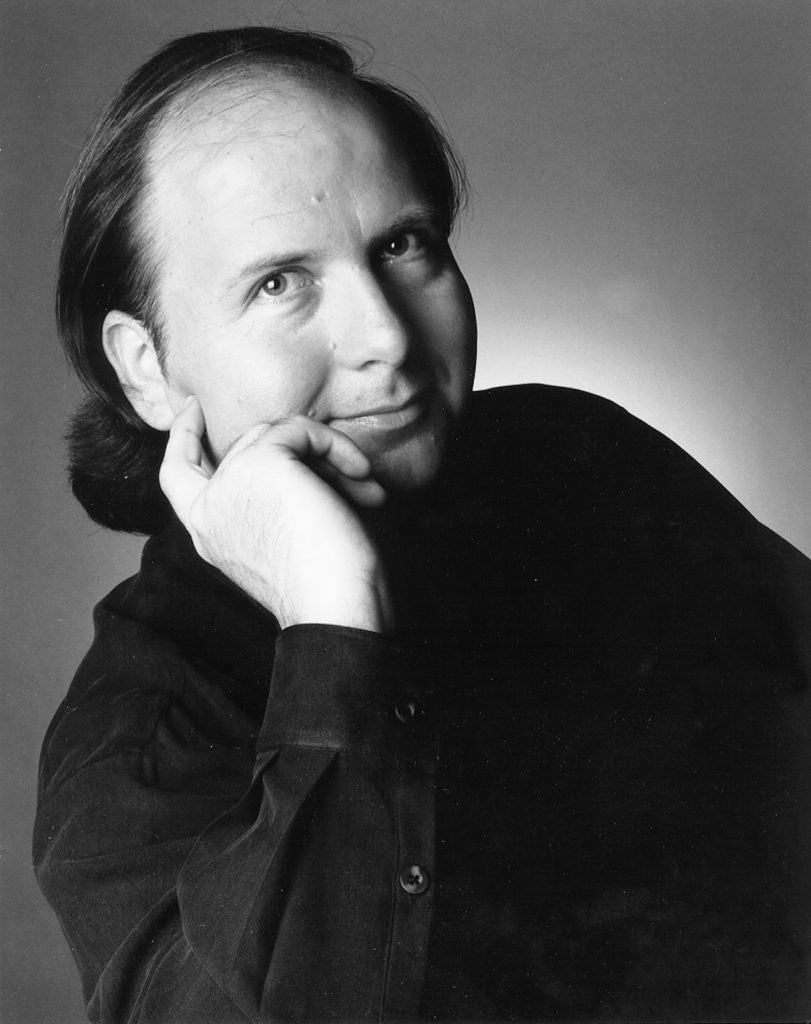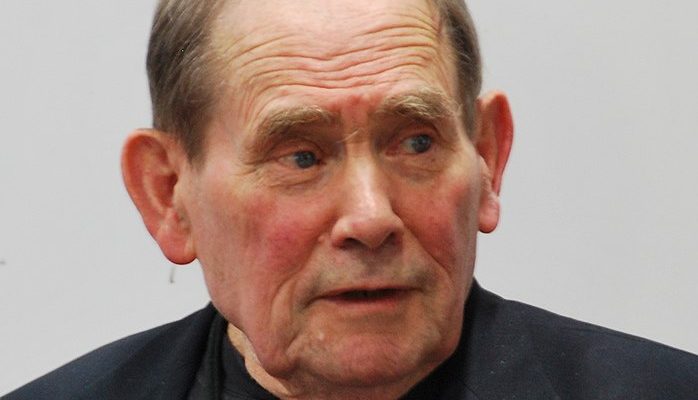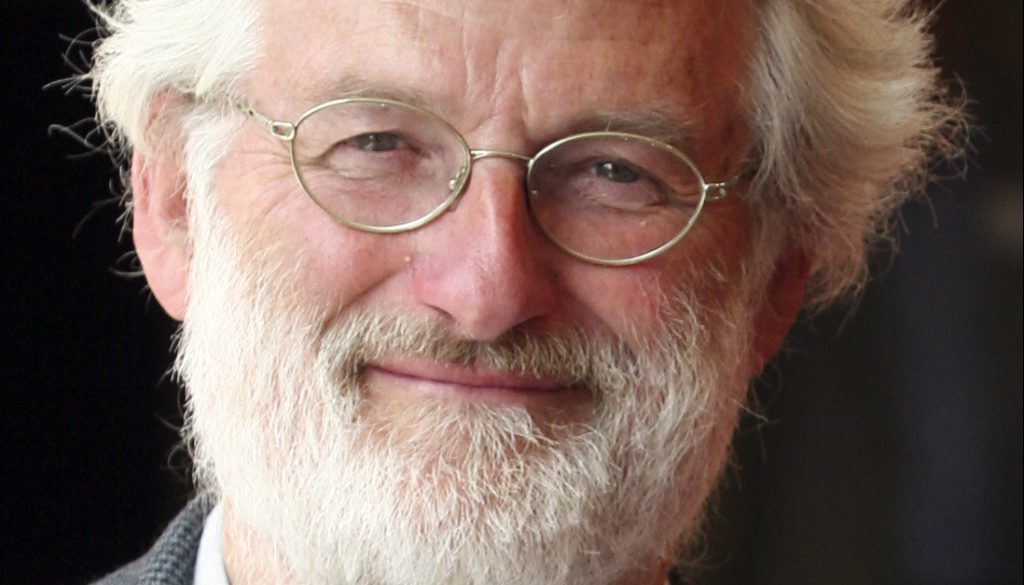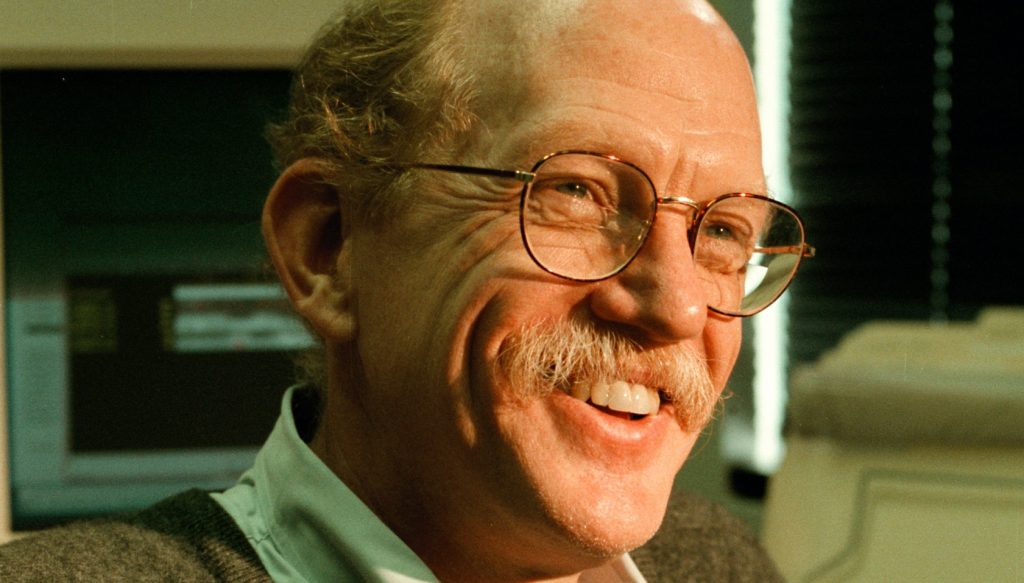Daniel Hillis

Daniel Hillis
Present: Technology, Information and Society
Dr. W. Daniel Hillis was selected for the first Dan David Prize in the category Technology, Information and Society for his defining work in the area of parallel processing.
But it was also for his spirit of innovation, creativity and exploration.
Inventor, scientist and computer designer, W. Daniel Hillis is renowned for pioneering the concept of massively parallel computers. He has designed some of the fastest systems in the world, including the first massively parallel computer, the Connection Machine.
Hillis has worked closely with users to apply these machines to problems in fields as varied as astrophysics, aircraft design, financial analysis, genetics, computer graphics, medical imaging, image understanding, neurobiology, cryptography and subatomic physics.
Born in Baltimore in 1956, Hillis earned a Bachelor of Science degree in mathematics from the Massachusetts Institute of Technology (MIT) in 1978. He then joined the MIT Artificial Intelligence Laboratory and worked in the field of robotics. In 1981, his interest turned to the physical limitations of computation and the possibility of building highly parallel computers. This work culminated in 1985 with the design of the 64,000-processor Connection Machine, the topic of his PhD thesis. He received his PhD in computer science in 1988.
Dr. Hillis co-founded Thinking Machines Corporation in 1983, a company that revolutionized high performance computing with its massively parallel supercomputing technology. The company produced and marketed the Connection Machine and later developed high-end data mining software tools to run on supercomputers.
As chief scientist, Hillis led the company’s pioneering research in applying parallel supercomputers to a wide range of scientific, engineering, and commercial applications. He assembled a technical team comprised of scientists and engineers who were widely acknowledged as being among the best in the industry. The company’s customers included American Express, Dow Jones, Schlumberger, Stanford University, Harvard University, the University of Tokyo, the Los Alamos National Laboratory and NASA.
In 1994, Hillis left Thinking Machines to serve as a consultant to industry and as adjunct professor at MIT’s Media Laboratory, where he conducted research in the area of artificial intelligence. Hillis has more than 300 patents and was editor of several scientific journals. In 1998 he published his second book, The Pattern On The Stone: The Simple Ideas That Make Computers Work.
Hillis is the recipient of numerous awards, including the Spirit of American Creativity Award for his inventions, the Hopper Award for his contributions to computer science, and the Ramanujan Award for his work in applied mathematics. He is a fellow of the Association of Computing Machinery, a Fellow of the American Academy of Arts and Sciences, and a Fellow in the International Leadership Forum.
A few observations by Dr. Daniel Hillis:
“Building a thinking machine has always been a personal dream of mine, and my conception of the Connection Machine was part of that. I like to say I want to make a computer that will be proud of me.”
“I’d like to find a way for consciousness to transcend human flesh. Building a thinking machine is really a search for a kind of Earthly immortality. Something much more intelligent than we can exist. Making a thinking machine is my way to reach out to that.”
“The Internet is a brand-new fertile ground where things can grow, and the Web is the first thing that grew there. But the stuff growing there is in very primitive form.”


